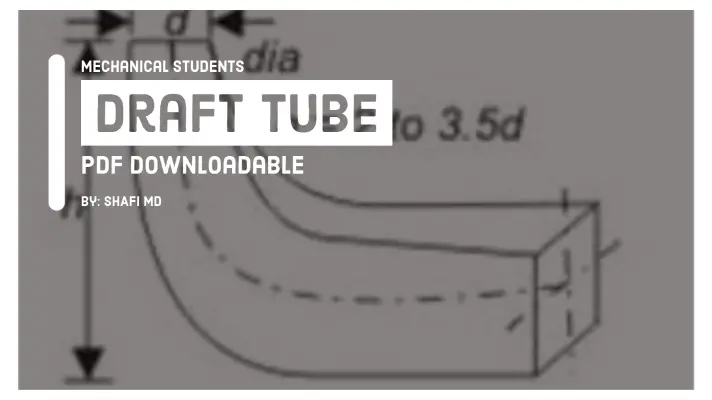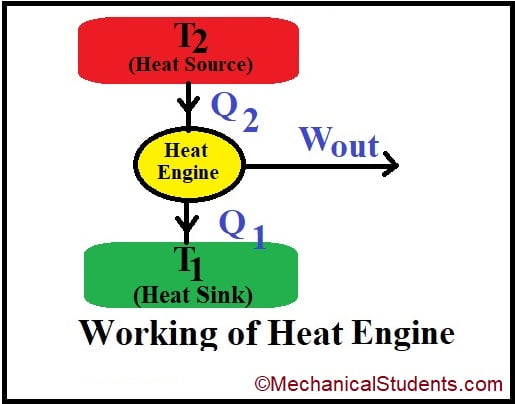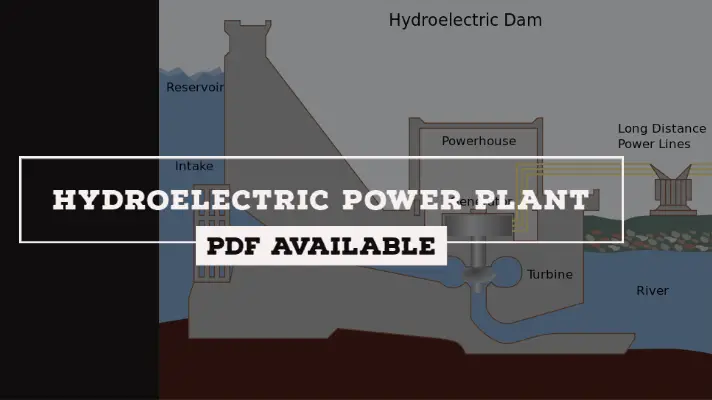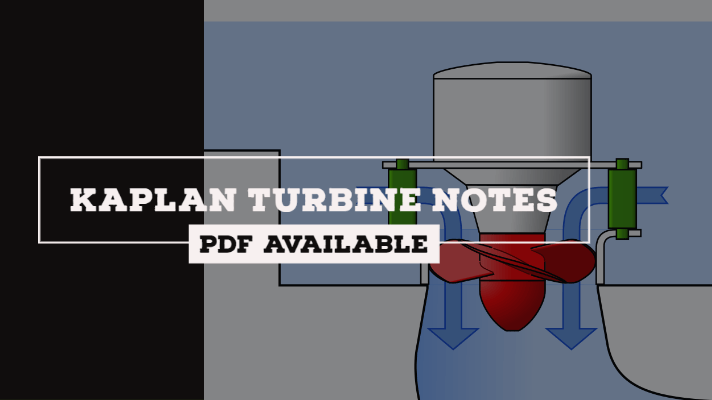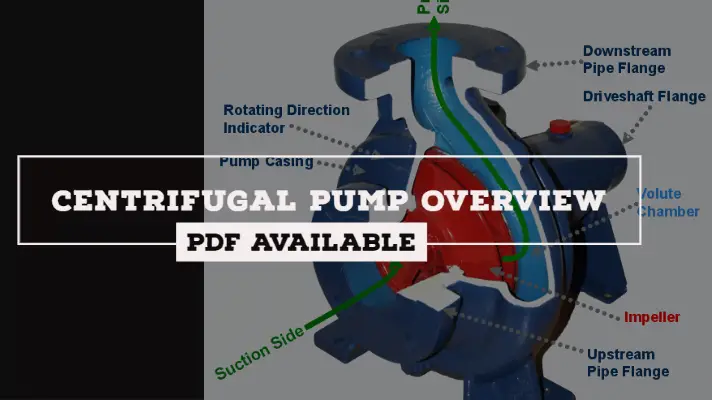38 Basic Fluid Mechanics Questions and Answers [PDF]

This article on Fluid Mechanics questions and answers will be helpful to you when you are going for an interview in a core company.
Considering that, I have collected all the Fundamentals of Fluid Mechanics & Hydraulic Machinery, which will be helpful to you in both aspects. One is for the case of Interviews, and the other is to pass the Viva of FMHM Lab.
So let's dive into the article!

Fluid Mechanics Questions and Answers
38 fluid mechanics Questions and answers are presented below.
1. What is fluid?
It is a substance that deforms continuously for a small amount of shear force also, whereas solids cannot deform with a small amount of shear force, and thereby they can't come under fluids.
2. What is Density?
It is defined as the ratio of the mass of the substance to the volume of the substance. It is denoted by ρ.
ρ =m/v
Units = Kg/m3
3. What is a Specific weight or Weight Density?
It is defined as the ratio of the volume of the substance to the weight of the substance. It is also the reciprocal of density. It is denoted by ‘γ’.
4. What is Specific Gravity?
It is defined as the ratio of the density of any fluid to the density of the reference fluid. It is denoted by “S.”
Sliq = ρ(any fluid)/ρ(water)
5. What is Specific Volume?
It is the reciprocal of Density which is defined as the ratio of the Volume of the body to its unit mass. It is denoted by (ν)
Specific Volume(ν)= Volume of the body/unit mass.
Units of Specific Volume is m3/Kg
6. What is Bulk Modulus?
It is defined as the ratio of direct stress acting on a body to the volumetric strain. It is denoted by K.
K = direct stress / volumetric strain
7. What is an Ideal Fluid?
It is a fluid having all ideal properties like no viscosity, no surface tension, incompressible, irrotational, etc. if this condition is satisfied, then it is called an ideal fluid.
Note: Bulk modulus for ideal fluid is infinity.
8. What is Viscosity?
It is the property of fluid by virtue of which it offers resistance to the movement of one layer over the other, and it is because of Cohesion, i.e. attraction between the two layers.
If the attraction between the two layers increases, resistance increases, and thereby the viscosity also increases.
9. What is Newtonian Fluid?
The fluid which follows the Newtonian equation is called the Newtonian fluid, and which does not follow is called a non-Newtonian fluid.
Newtonian Equation(τ) = µ(du/dy) = µ(dv/dy)
10. What is Surface Tension?
It is the property of the liquid surface film to exert tension. It is the force required to maintain unit length in equilibrium, and it is represented by σ.
11. What is Pressure?
It is defined as the ratio of force acting on a body to its unit area. It is denoted by ‘P’
Note:
- The pressure acting on Water droplet= 4σ/d
- The pressure acting on Soap Bubble= 8σ/d
- The pressure acting on a liquid jet= 2σ/d
12. What is Capillarity?
The rise or fall of fluid in a capillary tube is due to the molecular forces of attraction among the molecules and the glass wall is called capillarity action.
13. What are the different types of non-newtonian fluids?
The different types of non-newtonian fluids are
Pseudoplastic
For example, Milk, blood, paper pulp solution, liquid cement, etc.
Bingham plastic
For example, Drilling mud, sewage sludge, toothpaste, etc.
Thixotropic Fluids
For these fluids, viscosity increases with an increase in time hence they will be called shear thickening fluids.
Rheophatic fluids
For these Fluids, the viscosity decreases with the lapse of time.
14. What is Steady flow?
If all the properties do not change with respect to time, then the flow is said to be steady flow.
∂P/∂t = 0.
15. What is Unsteady Flow?
If even a single parameter changes with respect to time, then the flow becomes unsteady flow.
∂P/∂t ≠0.
16. What is Rotational or Irrotational flow?
If the fluid particles rotate about their mass center while moving forward, the flow is said to be a rotational flow otherwise, it is an irrotational flow.
17. What is the Path Line?
It is a line traced by a single particle over its entire journey is called a path line.
Ex. Observing only one particle direction throughout the flow.
18. What is the Streak Line?
The instantaneous picture of the position of all the particles at any instant in time is called a streak line.
For example, Rocket Propulsion, cigarette smoke, etc.
19. What is the Continuity Equation?
It depends upon the conservation of mass, and it is defined as the mass flow rate entering the cross-section being equal to the mass flow rate at the exit.
A1V1 = A2V2
20. What is Vorticity?
It is defined as the ratio of Circulation to the Area of the Cross-section.
Vorticity= Circulation / Area
As,Circulation= 2*Wz*Area
Therefore,Vorticity= [ 2*Wz*Area]/Area
Vorticity= 2*Wz
21. What is the Potential Function?
It is a function of space and time defined such that a negative derivative with respect to any direction will give the component of velocity in that direction. It is represented as Φ.
-[ ∂Φ/∂x]= u ; -[ ∂Φ/∂y]= v ; -[ ∂Φ/∂z]= w
The negative sign indicates that the flow is always in the direction of decreasing potential.
22. What is the Stream Function?
It is a function of space and time defined such that the derivative with respect to any direction will give the component of velocity at right angles in a Counterclockwise direction. It is denoted by φ.
[∂φ/∂x]=v ; [ ∂φ/∂y]= -u
23. What are the instruments used to measure the discharge, velocity, specific gravity, and humidity?
- A Venturi meter, Rotometer, and Orifice meter were used to measure the Flow rate or discharge.
- A Pitot tube and the Current meter are used to measure the velocity of the flowing liquid.
- Hotwire Anemometer is used to measure the turbulent velocity fluctuations in the fluid.
- The hydrometer is used to measure specific gravity.
- A hygrometer is used to measure the humidity.
24. What is the hammering effect?
During valve closure, the momentum of flowing fluid will get disturbed, and a pressure wave will generate and travels in an opposite direction with acoustic speed (C) with an audible sound (knocking) by hitting the walls, called as Hammering effect.
25. What is the Archimedes Principle?
Whenever an object is immersed either completely or partially, it will be lifted up by a buoyant force(FB)whose magnitude will be equal to the weight of the fluid displaced by the body, called as Archimedes principle.
The FB acts vertically upward through the center of buoyancy. The center of buoyancy is the center of gravity for displaced volume.
T = FB -W
26. What is the Boundary layer zone?
Whenever a real fluid flow over a solid boundary and because of the no-slip condition, the fluid particle will get stuck to the boundary. Hence the velocity of a particle will be equal to the velocity of a boundary.
If the object is at rest, the fluid particle velocity near the boundary will be zero, and it is the Greater distance in a normal direction.
The fluid particle velocity keeps on increasing and reaches a maximum value at a distance of ∂. This zone where a velocity gradient exists is the boundary layer zone.
27. What is Bernoulli's Equation?
Bernoulli's equation is based on the law of conservation of energy. It is defined as the sum of the Potential energy head, Pressure energy head, and Kinetic velocity energy head is constant when the liquid is flowing from one end to another end in a tube or pipe.
Z + (P/ρg ) + V2/2g = Constant
Here,
Z - Potential energy head
P/ρg - Pressure energy head
V2/2g - Kinetic velocity energy head
28. What is the Total Energy Line?
Ans. It is a line representing total available energy excluding losses is the total energy line.
Total Energy Line= (Z + (P/ρg ) + V2/2g)
The total energy line will be horizontal for ideal flow, and for real fluid, it always slopes downwards.
29. What is the Hydraulic Gradient Line?
It is a line representing the total available Piezometric energy. The hydraulic gradient line may rise or fall in the direction of flow.
Z + (P/ρg )= Piezometric line
30. What is Velocity Head?
Ans. It is the difference between the Total energy line and the Hydraulic gradient line.
Velocity head = Total energy line ~ Hydraulic gradient line
V2/2g = (Z + (P/ρg ) + V2/2g) ~ (Z + (P/ρg )
31. What is Siphon Flow?
The pressure at the Summit will be minimum, and that should not fall below vapor pressure to avoid Cavitation.
32. What is the Displacement thickness??
Ans. It is the distance by which the boundary has to be shifted in order to compensate for the loss in flow rate on account of boundary layer formation called displacement thickness, and it is represented as δ*.
33. What is Momentum thickness?
Momentum thickness is lost in the momentum, and it is represented by “ϴ”
34. What is Energy thickness?
Energy is to compensate for the loss in energy, And it is presented by δE
Read: Abrasive Water Jet Machining Process
35. What are the different types of flows in a circular pipe, parallel plate, open channel, and Over a sphere (through soil/earth)?
The different types of flow-through pipes are
- laminar flow
- Transitional flow and
- Turbulent flow.
Circular Pipe:
- If the Reynolds number is less than 2000, then it is called laminar flow. (Re <2000)
- If the Reynolds number is between 2000 and 4000, then it is called a transitional flow. (2000<Re<4000)
- If the Reynolds number is greater than 4000, then it is a Turbulent flow. (Re >4000)
Parallel Plate:
- If the Reynolds number is less than 1000, then it is called laminar flow. (Re <1000)
- If the Reynolds number is between 1000 and 2000, then it is called a transitional flow. (1000<Re<2000)
- If the Reynolds number is greater than 2000, then it is a Turbulent flow. (Re >2000)
Open Channel:
- If the Reynolds number is less than 500, then it is called laminar flow. (Re <500)
- If the Reynolds number is between 500 and 1000, then it is called transitional flow. (500<Re<1000)
- If the Reynolds number is greater than 1000, then it is a Turbulent flow. (Re >1000)
Over a Sphere through (Soil/Earth):
- If the Reynolds number is less than 1, then it is called laminar flow. (Re <1)
- If the Reynolds number is between 1 and 2, then it is called a transitional flow. (1<Re<2)
- If the Reynolds number is greater than 2, then it is a Turbulent flow. (Re >2)
36. Specific heat at Constant Pressure:
Specific heat at Constant Pressure is defined as the ratio of Change in Enthalpy to Change in temperature at Constant Pressure.
Cp = (dh/dt)@Constant Pressure.
37. Specific heat at Constant Volume:
Specific heat at Constant Volume is defined as the ratio of change in Internal energy to Change in Temperature at Constant Volume. (Cv) = (dU/dT)@Constant Volume
38. The ratio of Specific heat at Constant Pressure and Constant Volume:
It is defined as the ratio of specific heat at Constant Pressure to Specific heat at Constant Volume. It is represented by Gamma(γ)
γ = Cp/Cv.
The ‘γ‘ value is different for different gases and is as follows.
- γ = 1.63 for monoatomic gases.
- γ = 1.4 for Diatomic Gases.
- γ = 1.33 for Triatomic gases.
So these are the most probably important Fluid Mechanics questions and answers. We will try to update this list every month with some new questions and their answers.


